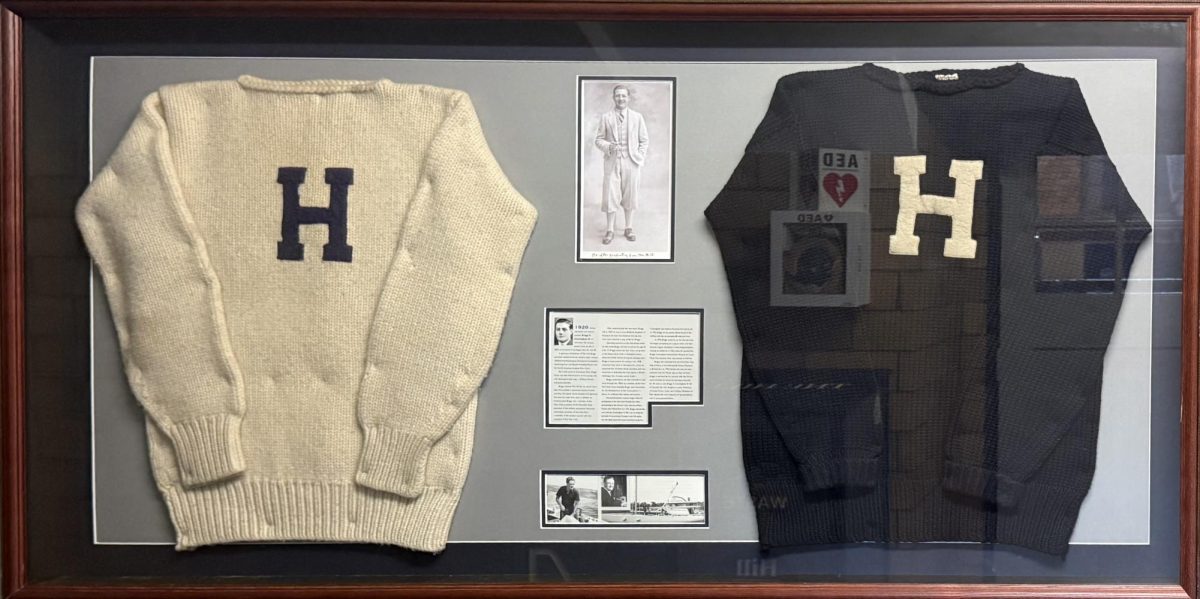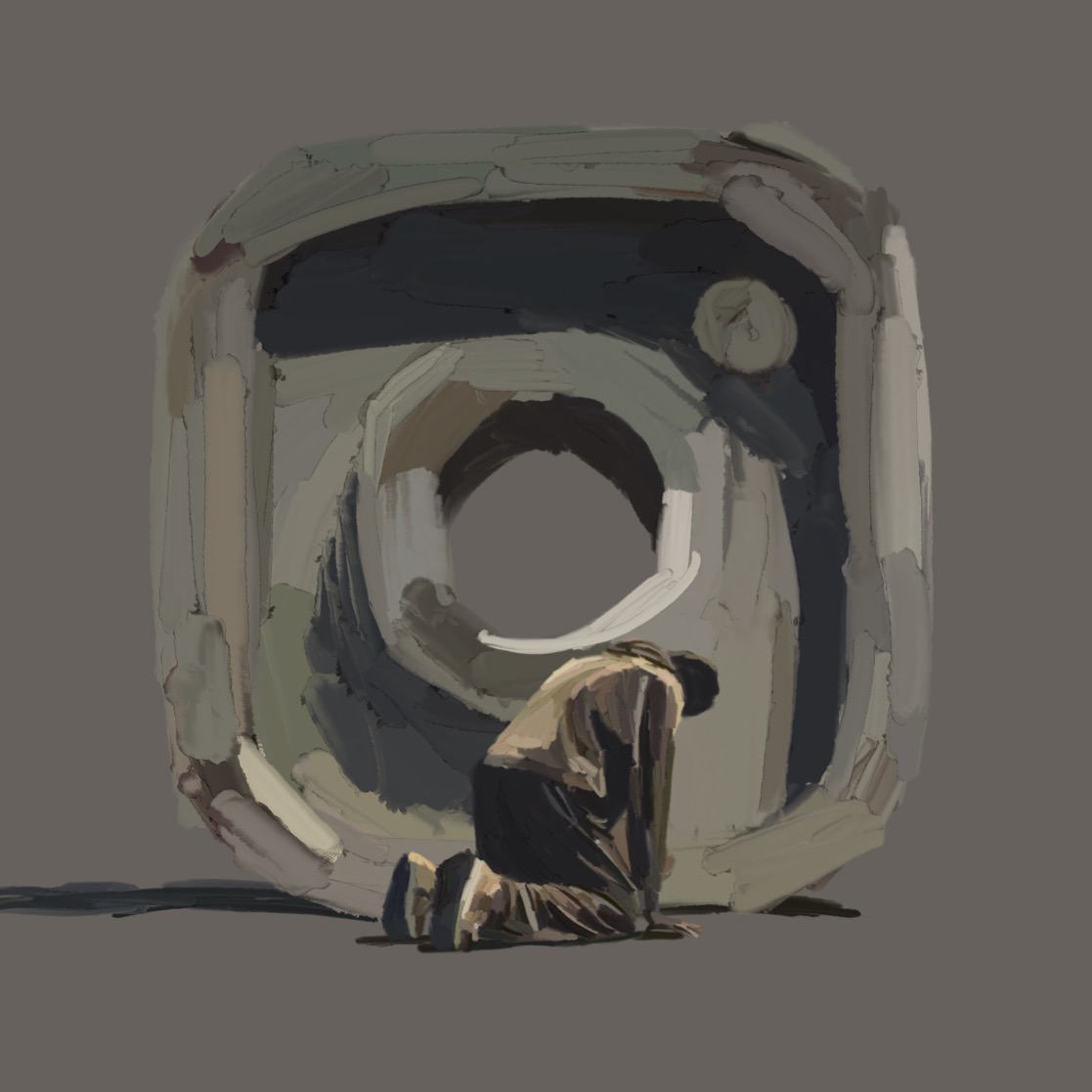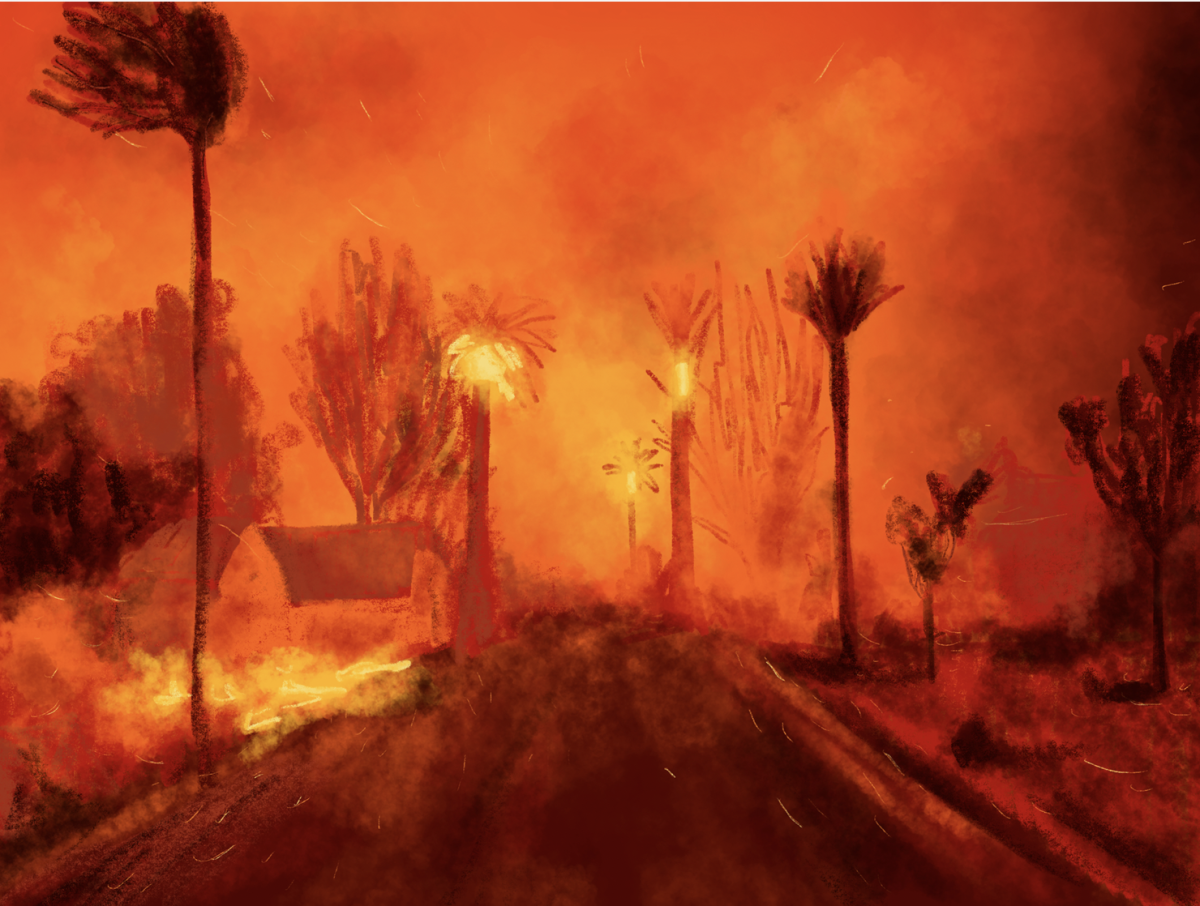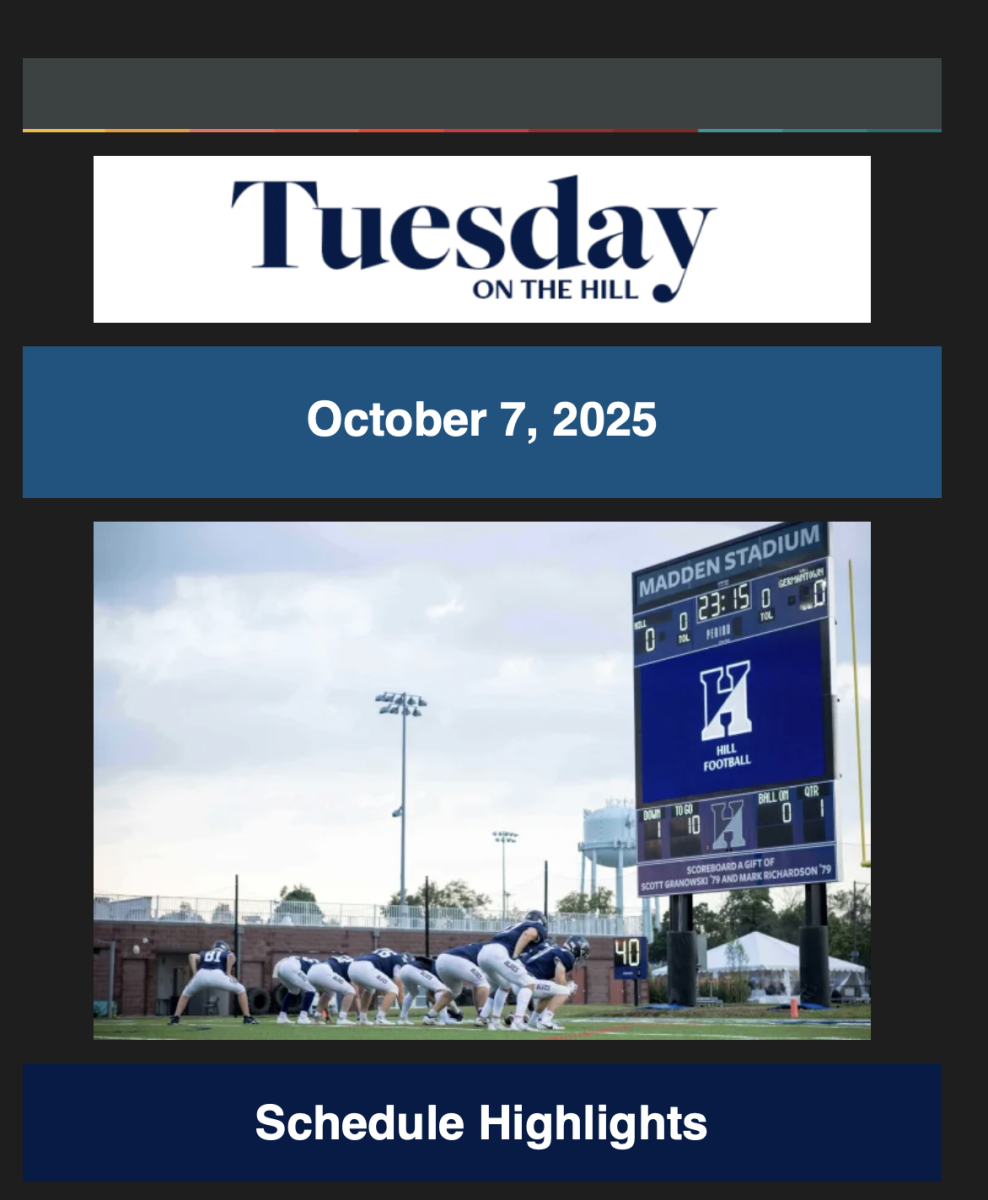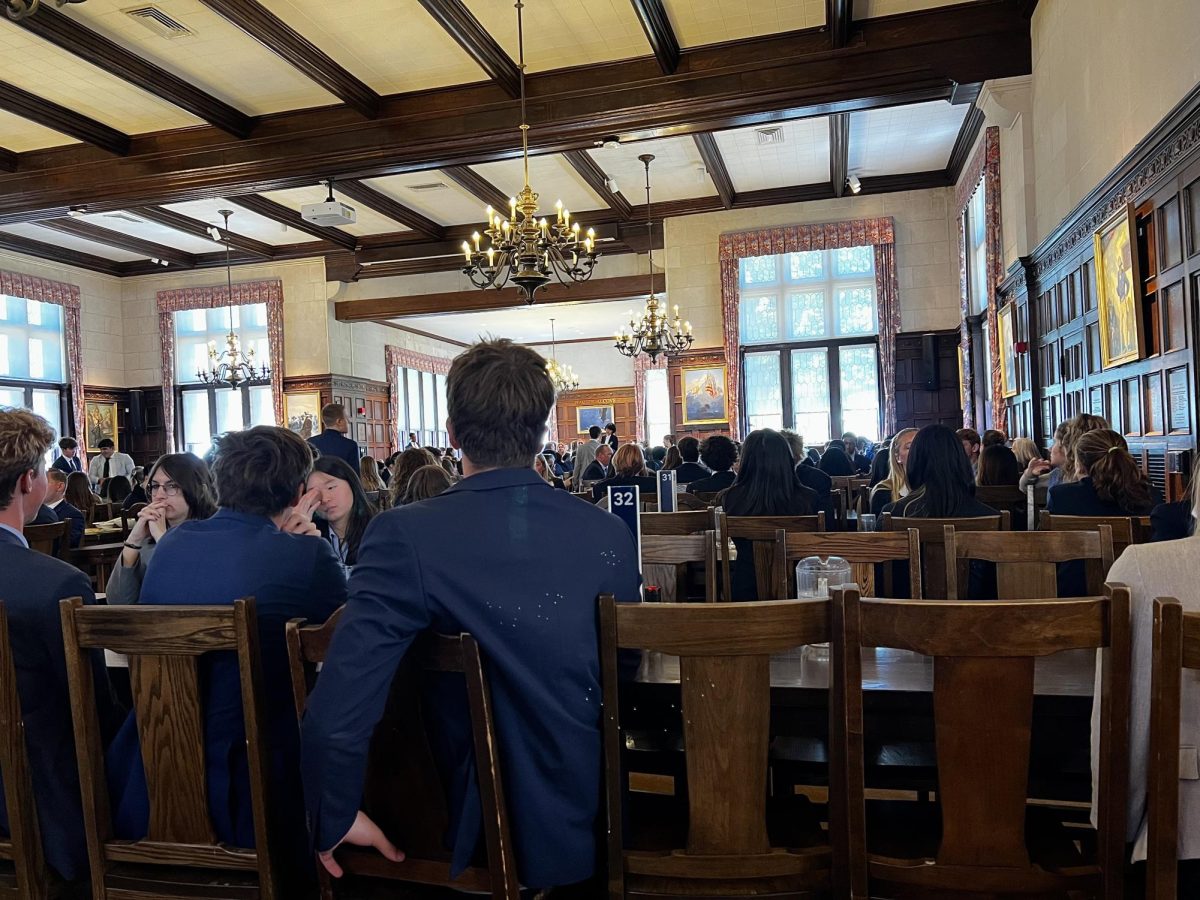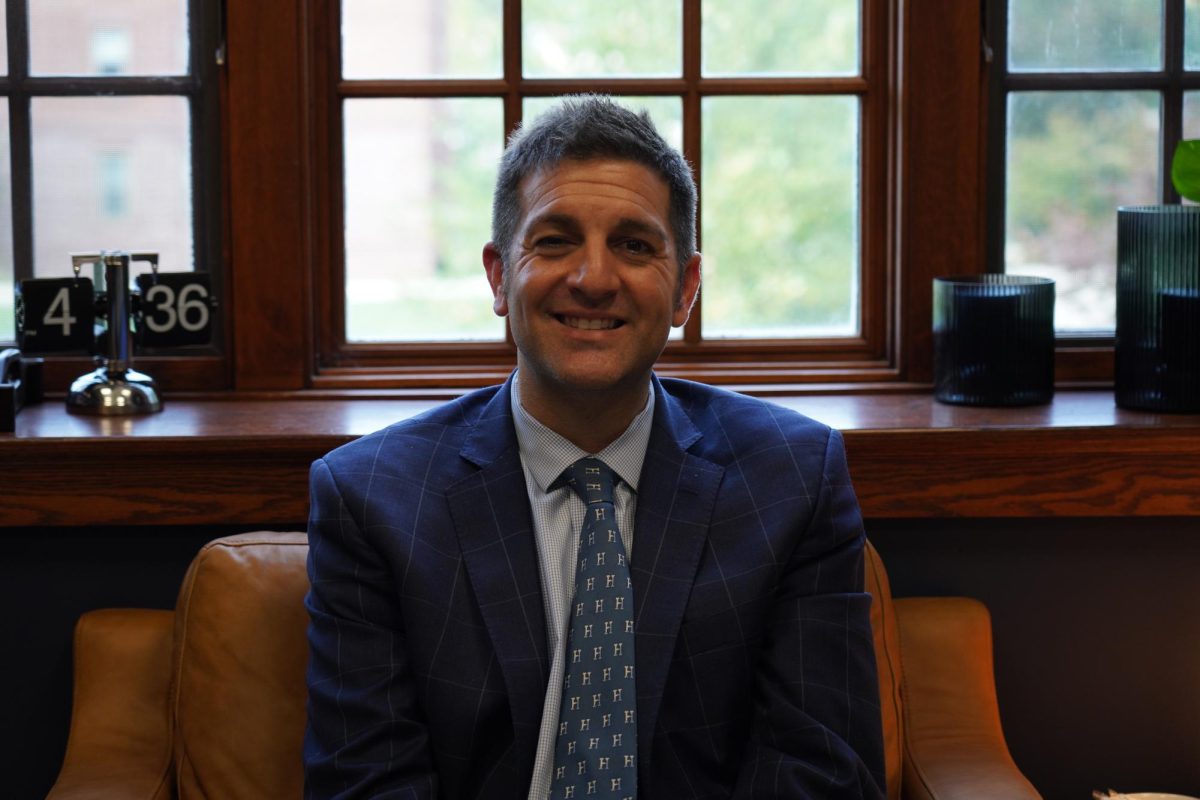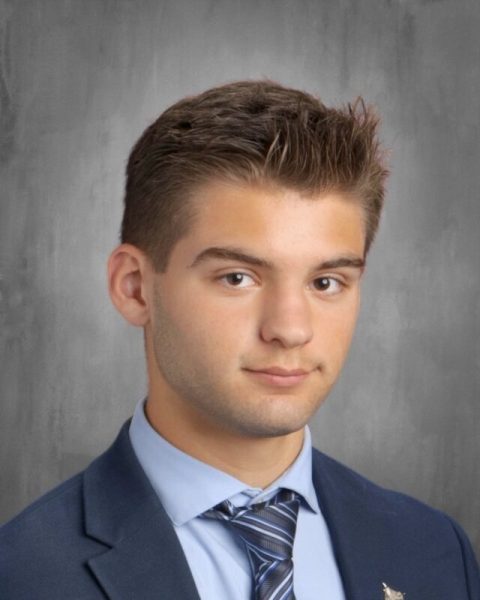After the shortest tenure in Harvard University history and three months of significant tension on campus, Dr. Claudine Gay resigned from her position as Harvard president in early January. Preceding her exodus, which she accredited to “racial animus,” Gay faced significant backlash for her controversial views on the state of free speech at Harvard as well as accusations of plagiarism in her research.
Following her resignation, a debate sparked almost immediately among news sources regarding the nature of these supposed transgressions; perspectives have been split between political affiliations.
From the Associated Press’ since-revised labeling of plagiarism accusations as a “conservative weapon” to a New York Post opinion piece spotlighting Gay’s “fraud,” the media’s coverage of this situation has proved divisive and chaotic. The impacts of this discordant rhetoric have made navigating the situation difficult from an outside perspective, and the subject has become so wrapped in nuance that idle discussion has become nigh impossible.
However, the media’s role in this saga goes much deeper than unobtrusive commentary. The media had a significant impact on public perception of the event that sparked such chaos in the first place: the Israel-Hamas conflict.
When the conflict between Israel and Hamas began on October 7, 2023, citizens and governments across the U.S. began to project their perspectives on the ongoing situation, often in discordance with one another. College campuses soon erupted into protest in favor of various causes and movements, primarily supporting the sovereignty of Palestine and its people. Counter-protests emerged in response, and an ideological standoff continued into the new year. Yet, the two sides of the disagreement seemed to be based on two separate conflicts as portrayed by opposite sides of the media.
If one were to ascribe purely to left-leaning outlets’ coverage of the event, such as that of The New York Times or NPR, they would view the war as a vast overreaction by Israel and a collective punishment against the Palestinians. Common themes among these sources include overwhelmingly Palestinian perspectives, Gaza-sympathetic narratives, and phrasing that often highlights civilians while vilifying Israel.
Right-leaning sources, such as FOX News, Washington Examiner, and Newsmax, however, painted the picture as such: Israel was attacked by a violent terrorist group and did what was possible to protect its citizens’ safety and sovereignty. Readers of these sources were shown alleged evidence supporting war crimes by Hamas against Israel, not as many Palestinian perspectives, and analyses blaming the Biden Administration for the outbreak of the conflict.
Therefore, it is no surprise that many misunderstandings resulted from opposing protests on college campuses. When liberal students at Northeastern chanted slogans like “intifada,” an Arabic term for “shaking off,” and “from the river to the sea,” intending to support Palestinian rights, many conservative and Jewish students heard calls for genocide. Videos of similar incidents were spread online like wildfire, primarily by the same news sources at the heart of the disagreement.
According to Anna Carroll ’23, Hill alumna and former editor-in-chief of The Hill News, such sensationalistic coverage exacerbated existing issues and created new ones for students at high-profile schools such as University of Pennsylvania. Before the resignation of Liz Magill, former president of the University of Pennsylvania, Carroll experienced “news trucks asking students to participate in interviews” and trucks with billboards “playing the Liz Magill congress video” depicting the hearing around important school buildings, giving her a general sense of unease. However, her reflections on most events revealed a very different – and much less extreme – story than was being told by most of the media.
Many may agree that when former Harvard President Claudine Gay and former UPenn President Liz Magill took the stand before the House Committee on Education and Labor and claimed that responses to calls for genocide required “context,” their resignations were inevitable. However, the nature of these resignations, prompted by a Jewish UPenn donor’s threat to rescind a $100 million donation and allegations of plagiarism towards Dr. Gay by conservatives, left a bad taste in many people’s mouths.
After all, the situation faced by these Ivy League presidents drew some strong parallels to that of their students. As highlighted by the presidents’ responses during the Congress testimony, enforcement of rules on campuses was case-by-case and ambiguous. Students were left wondering what actions would result in punishment and which would not, creating a tense environment for those wanting their voices heard. This culture has continued to pervade many colleges across America, impacting current and prospective student’s decisions on where to attend college.
Current Hill student Marcus Smith ’24, who was accepted to Harvard College on December 14, noted that the current state of affairs at Harvard has significantly affected his outlook on the University. He explained that the situation “made me look at what Harvard could possibly end up becoming if they let it get out of hand,” but expressed hope that the President’s resignation and ongoing efforts could see the issue resolved soon. According to him, the vast opportunities of Harvard remain a strong motivator for him to enroll, but the possibility of future free speech challenges and a culture of divisive rhetoric have given him some reservations.
With the issue of political expression influencing college admissions, many students wonder how they can impact the situation for the better. Putting an end to the turbulent state of free speech on college campuses would be a challenging task requiring unity and collaboration. According to AllSides, a leading independent corporation in this movement, defeating the problem at its roots would mean students independently facilitating discussion across political borders and recognizing the rampant issue of media bias. As with many issues surrounding misinformation, part of recognizing and remedying media bias includes learning about it.
Looking back, it is difficult to glean any sort of lesson or silver lining from the recent chaotic events and toxic political culture surrounding higher education. Continually growing divisions and radicalization in the U.S. seem to become more prevalent problems every day. Nevertheless, looking past the deep fog of media bias and radicalization, one can understand that most college communities are not as divided as the media portrays.
According to Caroll, Hill students should not be discouraged by current issues, as “you are going to get it everywhere you go. It is inevitable that something’s gonna happen,” and learning to understand and overcome these issues is part of moving past high school. By working to maintain valued communities and contribute to respectful discussion, one can learn to not only cope but thrive in today’s realms of higher education and beyond.

